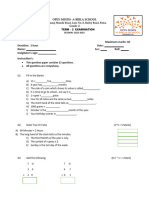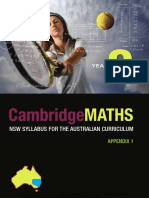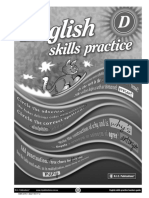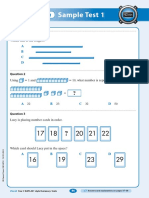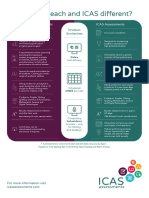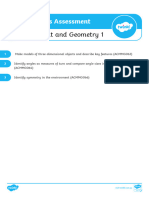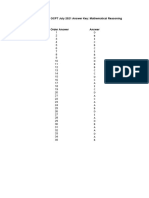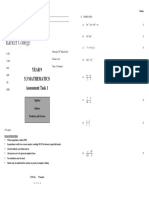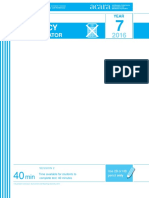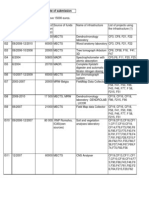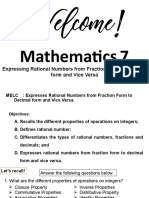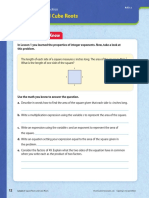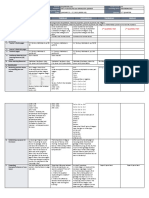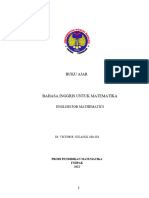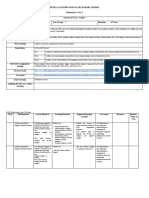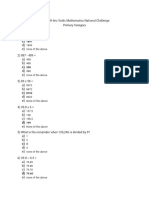100% found this document useful (1 vote)
383 views26 pagesNSW Mathematics-Es1-Scope-And-Sequence
This document provides a sample scope and sequence for teaching mathematics to students in Kindergarten (Early Stage 1) in NSW public schools. It outlines the key concepts and skills to be taught over three terms under the syllabus areas of number and algebra, measurement and space, and statistics and probability. The scope and sequence provides learning sequences and identifies the relevant syllabus outcomes to be addressed.
Uploaded by
Sylvia WEICopyright
© © All Rights Reserved
We take content rights seriously. If you suspect this is your content, claim it here.
Available Formats
Download as XLSX, PDF, TXT or read online on Scribd
100% found this document useful (1 vote)
383 views26 pagesNSW Mathematics-Es1-Scope-And-Sequence
This document provides a sample scope and sequence for teaching mathematics to students in Kindergarten (Early Stage 1) in NSW public schools. It outlines the key concepts and skills to be taught over three terms under the syllabus areas of number and algebra, measurement and space, and statistics and probability. The scope and sequence provides learning sequences and identifies the relevant syllabus outcomes to be addressed.
Uploaded by
Sylvia WEICopyright
© © All Rights Reserved
We take content rights seriously. If you suspect this is your content, claim it here.
Available Formats
Download as XLSX, PDF, TXT or read online on Scribd
/ 26





